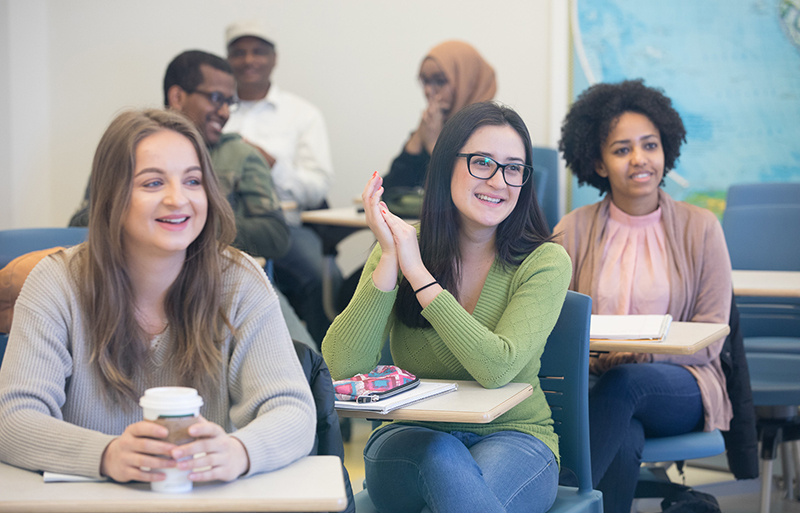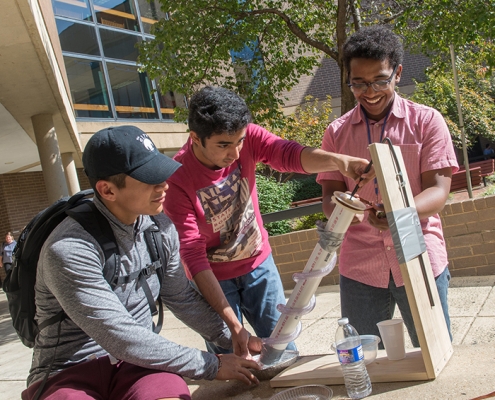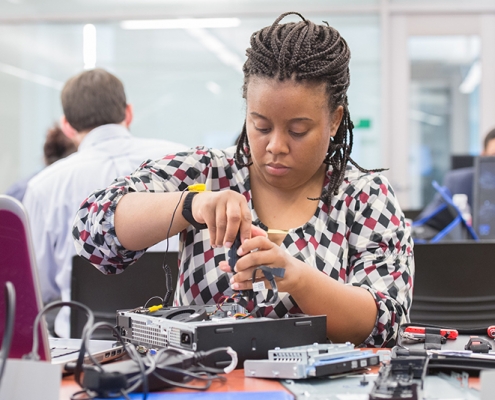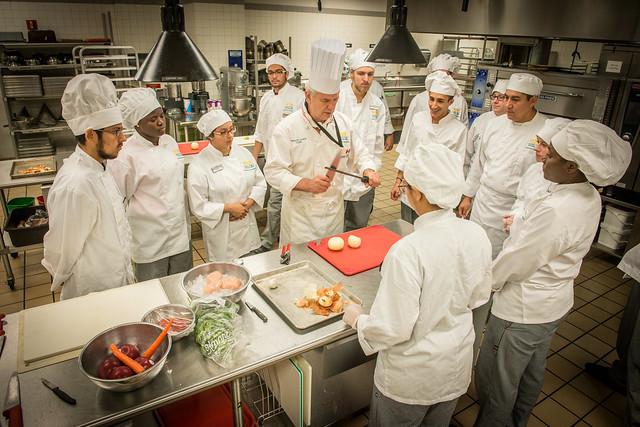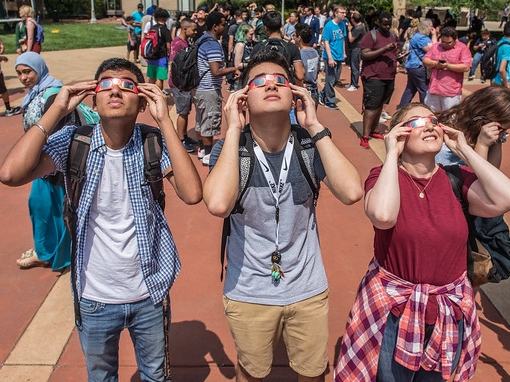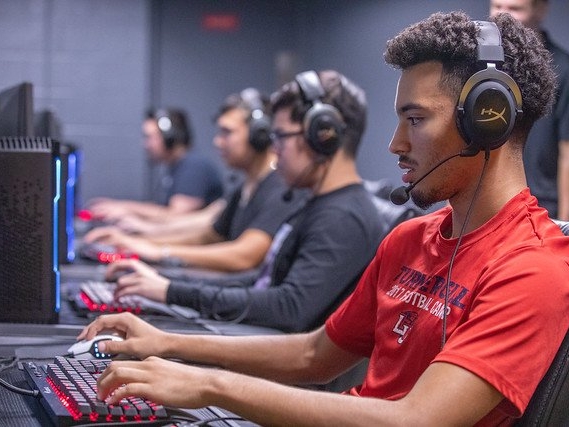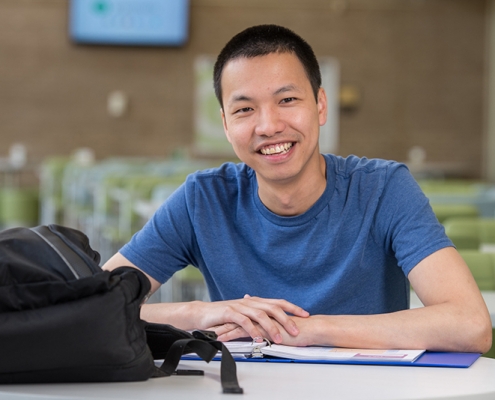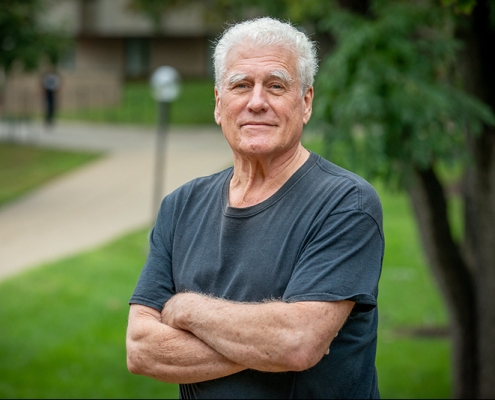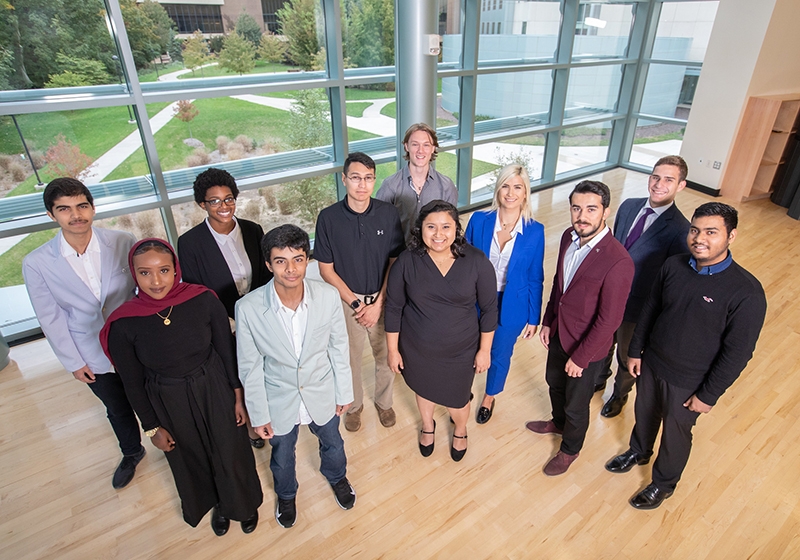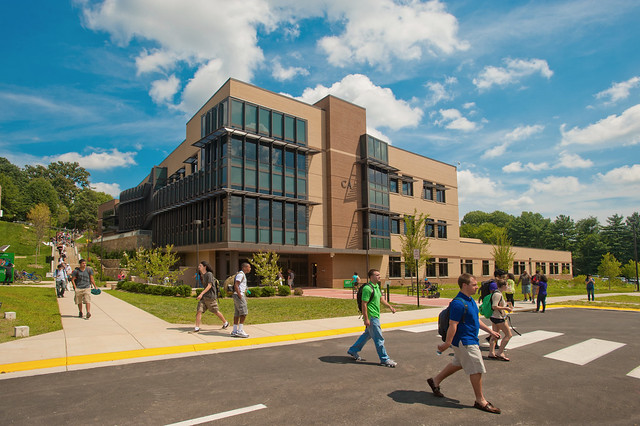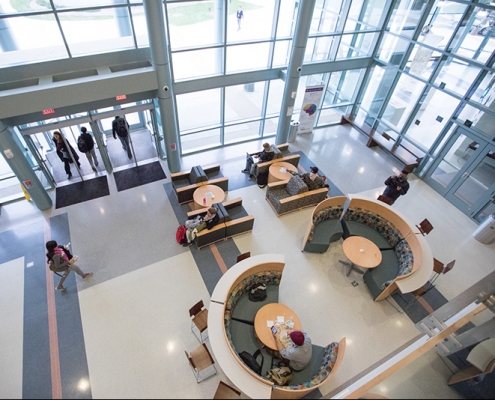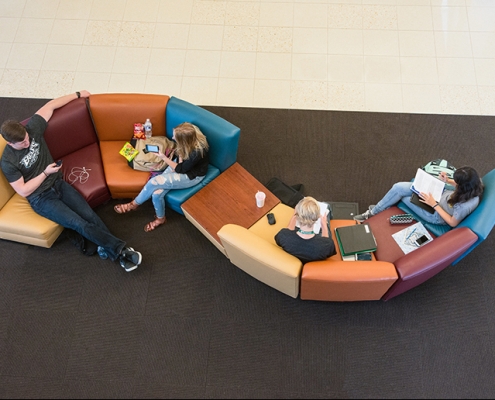Imagery & Photography
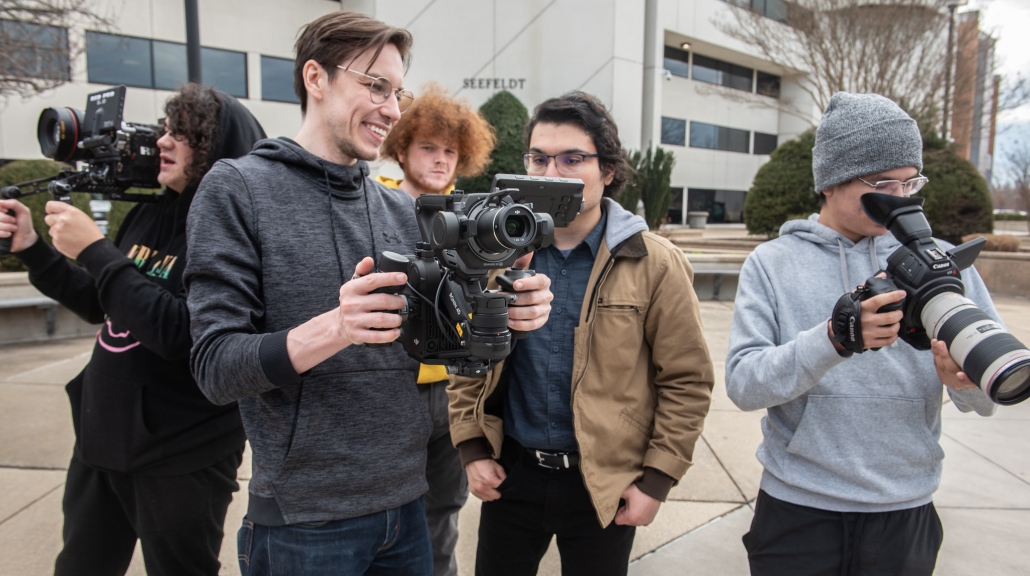
Introduction
Another way to express our brand essence of boldness is through the photography we present on our web, print and marketing materials. Photos provide our audiences with an instant emotional connection to NOVA, introducing them to the people, places, events and academics they’ll encounter here. Incorporating photography is an opportunity to deepen the stories we tell, so it’s important that we tell those stories in a consistent and authentic way. That’s why we want all NOVA photography to feel authentic — photos of people doing the things they do in the places they do them — never forced or posed. When working with any NOVA or outside photographer, always be sure they’re familiar with these guidelines.
You can access our bank of NOVA photography here: https://www.flickr.com/photos/nova_graphics/albums
Photo Consent & Release Forms
All photographed participants must fill out this Image Release Agreement Form 125-343.
General Guidelines
Always start with high-quality photography that is:
- Appropriately exposed.
- Well-composed, using the rule of thirds.
- Appropriately cropped.
- Focused.
- Color-corrected if necessary.
- Candid, rather than posed (whenever possible).
- Naturally lit (whenever possible).
Photos should include two or more of the following:
- Defining details.
- Faces and interactions.
- Locations.
- Objects.
- Actions.
Things to avoid:
- Subjects wearing logos from other colleges or universities.
- Clothing that may be offensive to others.
- Shots in which subjects consume alcohol or drugs.
- Exposed body parts.
- Situations where safety procedures aren’t being followed.
- Brands or products with legible labels in the frame.
Connecting to our Brand
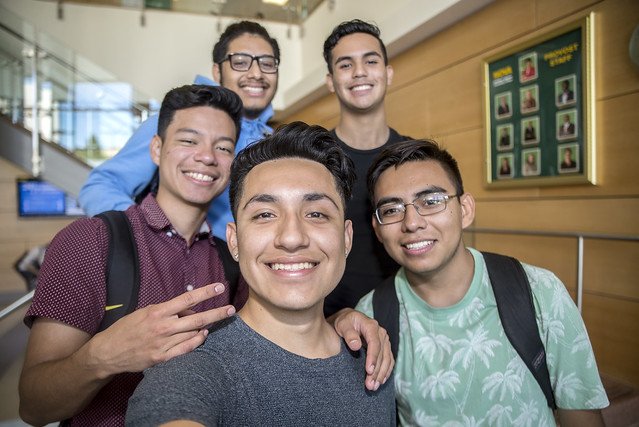
Photography is an opportunity to visually illustrate the core elements of our brand’s essence, personality traits, and pillars. When choosing and shooting photography for NOVA, it’s important to keep them in mind:
Brand Essence
- Boldness.
Personality Traits
- Confident, even a bit defiant.
- Secure and established.
- Direct.
- Warm.
- Sincere.
- Clever and good-humored.
Pillars
- A Springboard to Opportunity.
- Experts in the Classroom and in the Field.
- Relevant and In-Demand.
- Big School Experience, Small School Feel.
- Real-World Diversity.
- Outstanding Value.
Style 1: Storytelling

The first style type of NOVA imagery gives a sense of a story. Each image shows the different aspects of the NOVA community.
Documentary/Journalistic
These are candid photos showing NOVA students, faculty, and staff doing what they do in the places they do them. Action, context and environment are important elements to the stories told through these photos.
- Subjects should not make eye contact with the camera.
- Provide context in photos – whether through objects the subject interacts with, actions the subject is taking, or a location relevant to the subject. Avoid settings with distracting, busy backgrounds, but don’t shoot against too plain a background, either.
Events
NOVA event photography is meant to capture a moment in time, while still adhering to the guidelines outlined in this document.
- NOVA event photography should maintain a high production value, but still never feel staged, posed, or harshly lit.
- If you plan to take photos at a NOVA event, please print and post these flyers to let your attendees know that they may be photographed. This is our legal disclaimer, but should not take the place of getting photo releases whenever possible.
- Please note that photo releases should be filled out by parents of any minors you are photographing.
Still Life
Still life photography can help demonstrate the hands-on aspect of a NOVA education. Keep the following in mind when shooting still photography:
- Use dynamic angles and unexpected perspectives for interesting compositions.
- When possible, include hands, tools, actions, or references to action.
- Imagery can be still, but shouldn’t feel static.
STYLE 2: PORTRAITS
The faces of NOVA are essential in expressing the spirit and character of our people — and the most powerful way to show NOVA boldness. Portrait photography should be honest, personal and relatable. Here are a few ways to achieve the right feel:
- Spend time with the subject to capture their personality, not just their smile.
- Subjects should be photographed at one of the six NOVA campuses.
- Students should be holding books, backpacks or other objects relevant to their education.
- Faculty should be dressed in a professional manner that distinguishes them from students.
- The subject should make eye contact with the camera, which helps exude boldness and confidence.
- Deliberate out-of-frame eye contact should face toward the direction of the content of the ultimate destination of the photo.
- When possible, try to establish a soft background in portraits through the use of wide aperture and shallow depth of field.
Group Photos
When a posed group photo is needed to document important event and milestones, please adhere to the following guidelines:
- Arrange the subjects symmetrically with principal individuals at the center of the frame.
- If a NOVA-branded step-and-repeat backdrop for the event is available, pose the group in front of it. If not, shoot against an uncluttered background.
STYLE 3: ENVIRONMENTS & ARCHITECTURE
Another way to give a glimpse into NOVA’s offerings is to showcase our campuses and facilities. NOVA has six campuses, each with multiple buildings that have unique architectural styles. When photographing NOVA environments, you should:
- Choose locations that are colorful and cinematic.
- Only shoot images on bright, sunny days.
- Shoot from low or high angles — deliberately above or below eye level — to make spaces feel more dynamic and expansive.
“Hero” Images
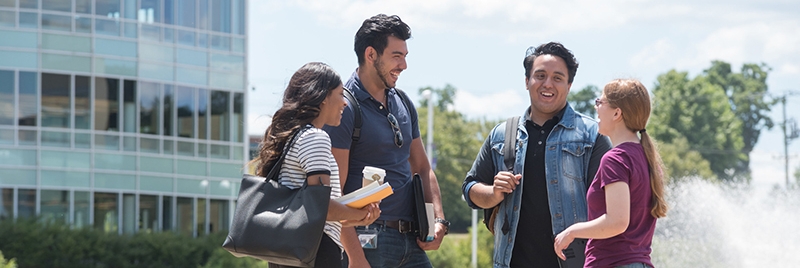
The “hero” photo is an image that appears in the feature or title story at the top of a webpage. These photos often set the tone for the entire page and may feature overlay text or other content. When shooting a “hero” image, follow the guidelines outlined in this document, but also consider the following:
- Most hero images require a wide shot, so don’t crop the photo too tightly. Photos can always be cropped more closely when they’re implemented.
- Hero images may sometimes require clear space (no faces or subject matter) on one side of the image to accommodate text or website graphics. If this is the case, either select existing photos with enough clear space to provide room for text or graphics, or take new photos that will leave room for these elements.
Stock Photography
Photos taken at NOVA are always preferable to stock photography. If stock photography must be used, refer to these guidelines:
- Only use professional online photo distributors, such as Getty, Thinkstock, Adobe Stock or iStock Photo.
- Use current images — be sure clothing, technology and surroundings feel contemporary and not dated.
- Stay consistent when using multiple stock images in one piece — choose images similar in color, composition and style. Consider selecting photos taken by the same photographer for an added degree of consistency. Too much variation in photo styles can be visually confusing.
- Credit photography as required by the stock photo distributor. Refer to your purchased photo’s license for guidance on attribution.
- Do not use stock imagery that is misleading. Stock photos should be honest, never implying something that isn’t true.
- Do not use stock imagery that is meant for editorial use in any way that isn’t strictly journalistic.
- Do not use photography found online unless it is purchased from a stock photography distribution site.
- Never use imagery found through search engines alone; this is copyright infringement.
Technical Considerations
- Resolution: choose the right resolution for your medium. We recommend 72 dpi for web use, 100-150 dpi for newsprint, and 300 dpi for full-color print reproductions. Never download images in digital use for print output, as the resolution may be too low to print clearly.
- File types: save as .jpeg image only as the last step in editing. Saving .jpeg removes data from the image and repeated saves will degrade the image. Always keep a .tif or .psd version of the image on hand if additional edits are needed.
Photo Credits
The Marketing department has an extensive online photo library with images taken by NOVA’s photographers. Subjects included in these images include academic/classroom, campus life, college-wide events, and sports, among others. Use official college photos for creating materials that reflect the authentic NOVA community. You can download photos with permission from the NOVA Marketing Department. For images, please contact NOVAGraphics@nvcc.edu.
Authorization is needed for any outside organization to use official NOVA photography. Please include the organization name and where the photograph will be used to obtain permission. Any photo that is used outside of the college should include photo credit given to Northern Virginia Community College Photography.
